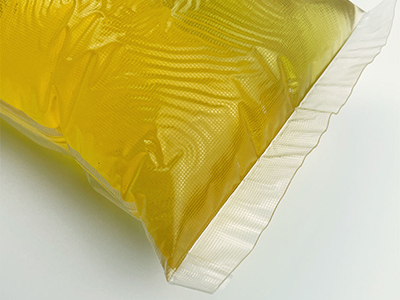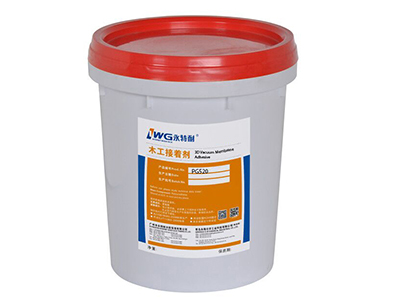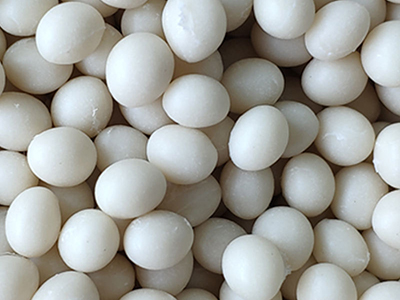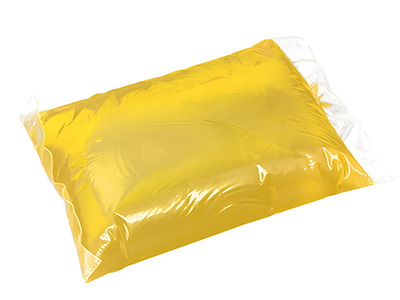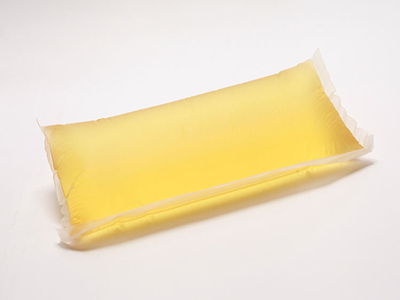Pressure-sensitive adhesives (PSAs) are typically made from a variety of synthetic polymers and tackifying resins. The specific formulation of a PSA can vary based on its intended application and desired properties. However, some common materials used in the production of PSAs include:
- Acrylic Polymers: Acrylic polymers are commonly used in the production of PSAs due to their excellent adhesion properties, durability, and resistance to UV radiation and weathering. Acrylic-based PSAs offer good tackiness and adhesion to a wide range of substrates.
- Rubber-Based Polymers: Natural rubber or synthetic rubber-based polymers are often used in PSAs to provide flexibility, tackiness, and good adhesion properties. Rubber-based PSAs offer excellent initial tack and bond strength.
- Polyethylene (PE) and Polypropylene (PP): Polyethylene and polypropylene are thermoplastic polymers that can be used in PSAs, particularly for applications requiring low-cost adhesives. However, PSAs based solely on polyethylene or polypropylene may have limited adhesion properties.
- Styrene-Butadiene Rubber (SBR): Styrene-butadiene rubber is a synthetic rubber commonly used in PSAs for its flexibility, tackiness, and good adhesion properties. SBR-based PSAs offer a balance of tack and peel strength.
- Tackifying Resins: Tackifying resins are added to PSAs to improve tackiness and adhesion. These resins can be petroleum-based or derived from natural sources such as rosin or terpene resins.
- Plasticizers: Plasticizers are often added to PSAs to improve flexibility and reduce stiffness. They help enhance the conformability of the adhesive and improve its performance on flexible substrates.
- Crosslinking Agents: Crosslinking agents may be incorporated into PSAs to enhance their cohesive strength and durability. Crosslinked PSAs offer improved resistance to heat, chemicals, and moisture.
- Fillers and Additives: Fillers such as silica, calcium carbonate, or clay may be added to PSAs to modify their rheological properties, improve viscosity control, or reduce cost. Additives such as antioxidants or UV stabilizers may also be included to enhance the adhesive’s performance and stability.
Overall, the selection of materials for a PSA formulation depends on various factors, including the desired adhesive properties, substrate compatibility, environmental conditions, and cost considerations. Formulators often customize PSA formulations to meet specific application requirements and performance standards


